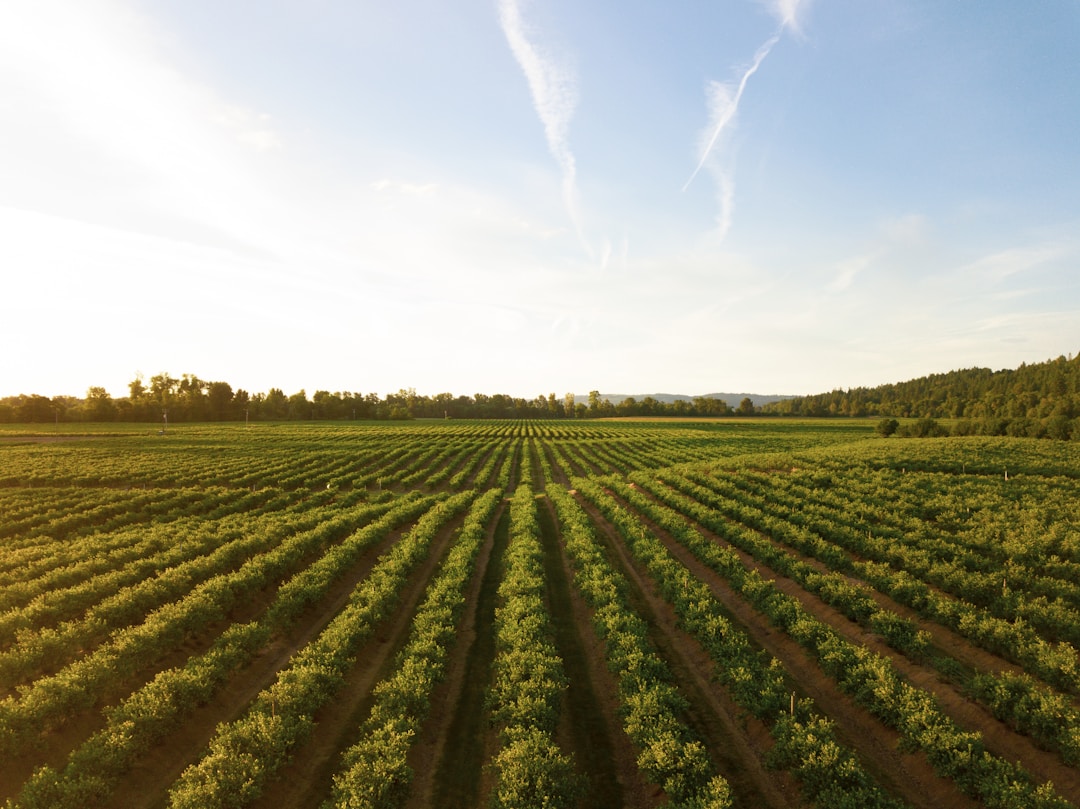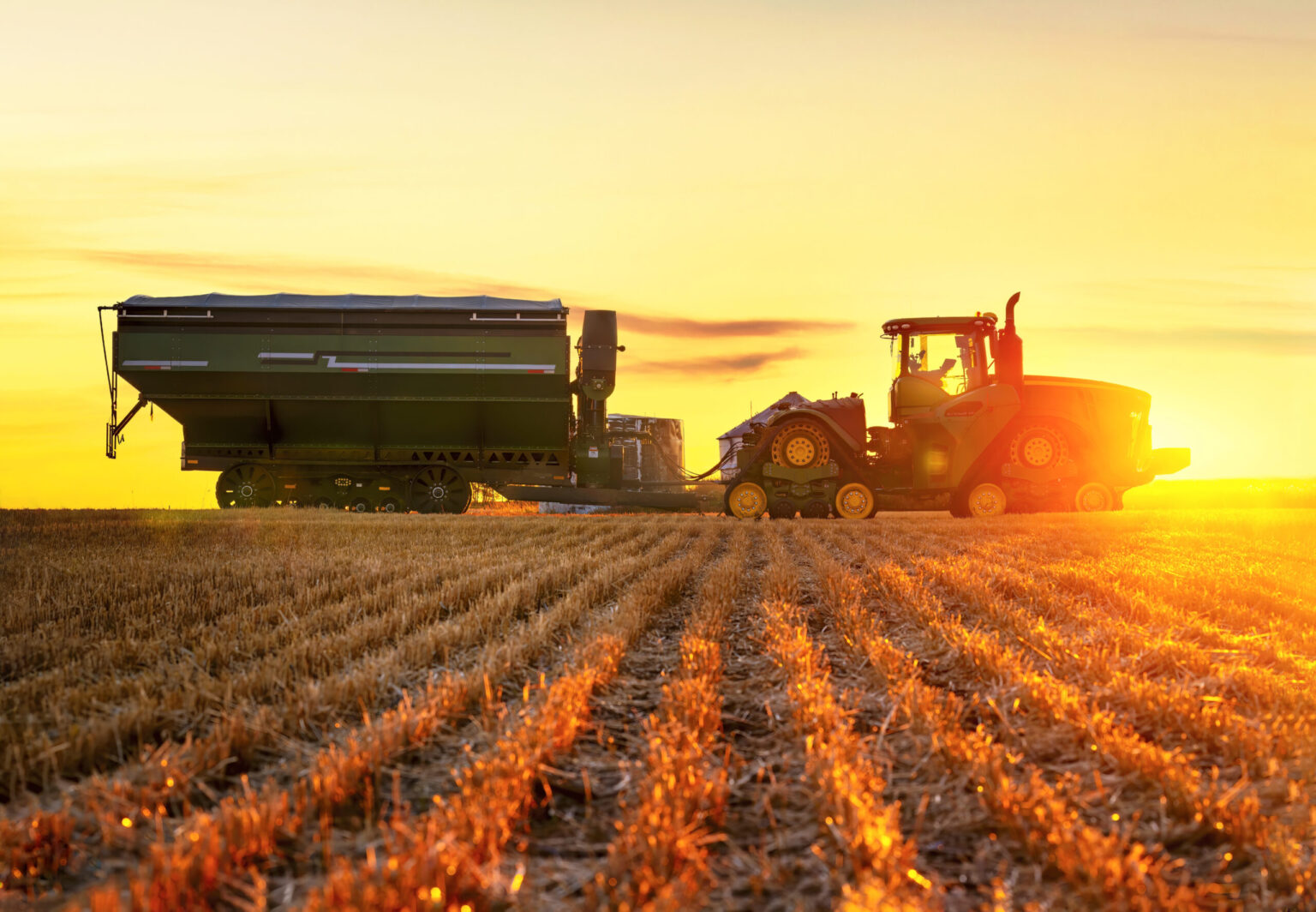The realms of the agricultural landscape are continuously evolving. Rapid industrialization, dramatic lifestyle changes, and technological advancements have brought various challenges and opportunities to the farming sector. This article delves deeper into these issues. Keep reading to learn more.
The Impact of Climate Change on Agriculture

Climate change is arguably the biggest challenge that the agricultural sector faces today. Erratic weather patterns such as droughts and floods directly influence crop yields and livestock productivity. Farmers must then adapt and innovate to mitigate the impact of these climate changes on their yields and profitability. Adaptation measures may include shifting planting dates, irrigation, selecting more heat and drought-resistant crops, and using shade nets.
However, while climate change presents a challenge, it also offers an opportunity to innovate and implement resilient agricultural practices. For instance, in regions severely affected by drought, strategies such as hydroponics and aquaponics farming, which use less water than conventional farming, have gained popularity. Similarly, the emergence of weather prediction technology has enabled farmers to plan their operations better, leading to decreased food production losses.
This balance between challenge and opportunity is present in all facets of agriculture. For example, the ground may shift due to weather, and innovations like the trenchless pipe replacement from SALT can fix plumbing problems due to changing ground conditions.
The Increasing Demand for Sustainable Farming
Most people recognize that agricultural activities significantly contribute to environmental degradation. Overusing pesticides and fertilizers introduces harmful chemicals into the soil and water bodies, damaging human health and biodiversity. This predicament has resulted in increasing calls for more sustainable farming methods.
However, shifting from conventional farming techniques to sustainable ones is no easy task. It involves considerable cost and time and requires significant knowledge and skills. Key among these methods are switching to natural compost and pest management techniques, using renewable energy sources like solar energy for farm operations, and more.
One way agricultural businesses have sought to minimize this transition’s financial strain is through partnerships. For instance, an agricultural construction Saskatchewan company could work with a farming business to create energy-efficient and sustainable farm buildings.
Digitalization and Agriculture
In today’s world, technology has seeped into almost every facet of human life, including agriculture. Innovations such as smart farming, precision agriculture, Internet of Things (IoT) devices, and drones have slowly found their place in the agricultural sector. These technologies offer significant benefits, including increased productivity, reduced waste, and improved sustainability.
While digitalization can help streamline agricultural processes, there is a large learning curve for many farming communities. Resources needed to purchase and maintain these technologies can also be a barrier for many farmers. Despite these challenges, embracing technology presents opportunities for continued growth, increased productivity, and improved resource management within the sector.
Mobile technology has also offered an avenue for even small-scale farmers to get on board this technology train. Mobile applications providing real-time weather reports, pest identification aids, and price information greatly aid farmers in managing their farms more effectively and ultimately increasing their profits. Digitalization in agriculture is not just a trend but the future of farming.
The Intricate Balance Between Yield and Demand

Market forces and consumer preferences play a significant role in shaping agricultural practices and policies. Aligning agricultural production with market demand is crucial.
Similarly, the rise in conscious consumerism, where consumers prefer products that align with their beliefs and values, is shaping agricultural production. For instance, the demand for organic and free-range food is growing exponentially. Meeting this demand while also maintaining profitability remains a critical challenge for farmers.
With the right strategy and support, farmers can maintain a balance between yield and market demand. Understanding these factors can also help the networks supporting agriculture, such as distributors, retailers, and service providers. Altogether, these can lead to a more robust and resilient agricultural sector capable of meeting the food needs of our global population.













